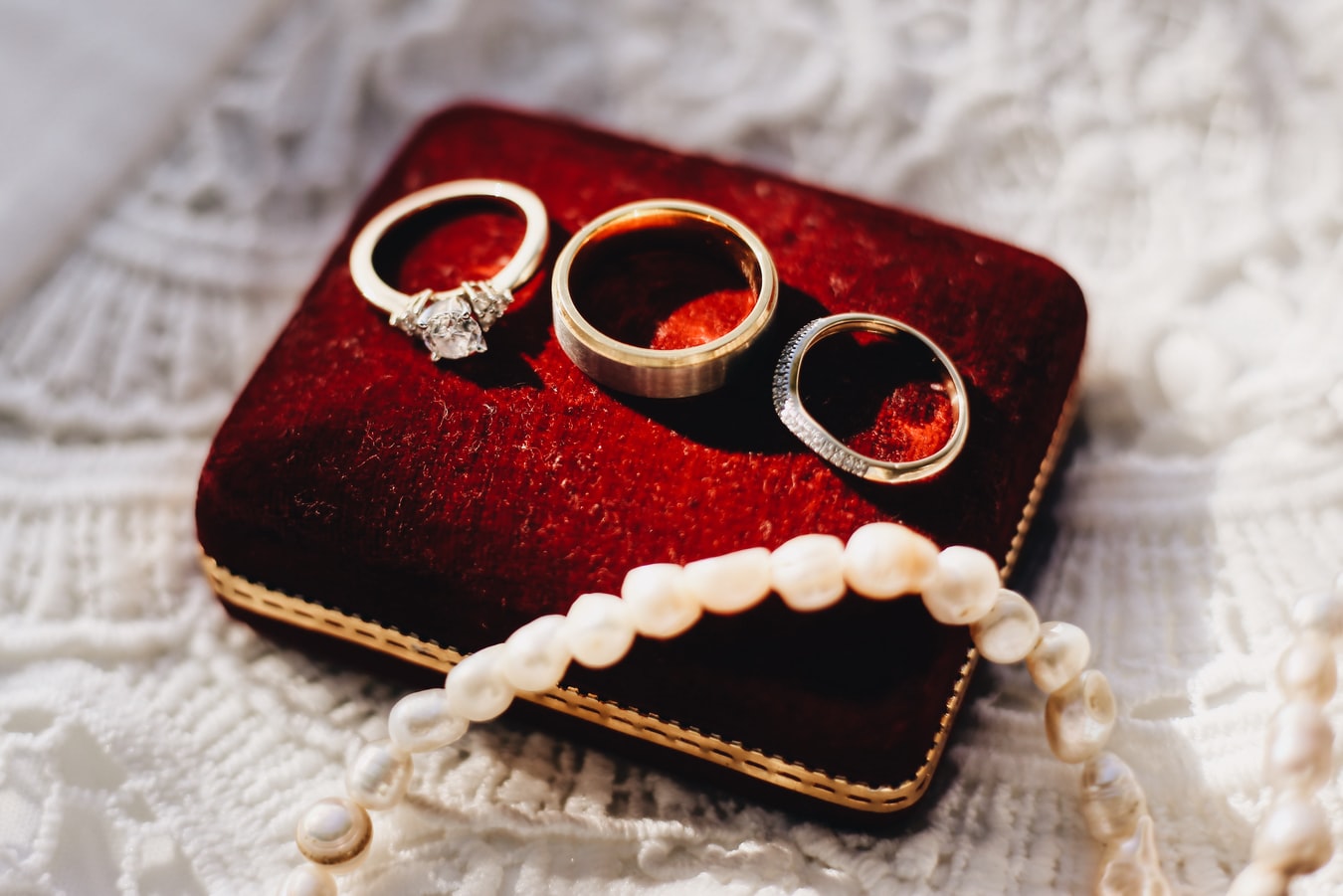
5 Things to Know About Carat Weight When Buying a Diamond Ring in 2024
Shopping for a diamond ring is a very special experience. These gemstones are so precious because other than being dazzling, they are the hardest natural material found on Earth. However, going into it such a venture without previously doing some research would likely prove to be a huge mistake. Aside from the subjective factors – whether you prefer a modern or a vintage ring, white, yellow or rose gold, or even platinum, as well as the style of the ring setting, there are some objective factors which must be taken into consideration. Also, it is highly recommended that you buy your gemstone from reputable sellers who will provide you with a certificate – both for the rock and the gold. If you are looking for such a seller, visit this site.
When determining the quality of a diamond, there are the four C’s which describe the gem and impact its price: color, clarity, cut, and carat weight. They are a standard established by the GIA (Gemological Institute of America), making it a universal language for grading gemstone quality, internationally.
Color
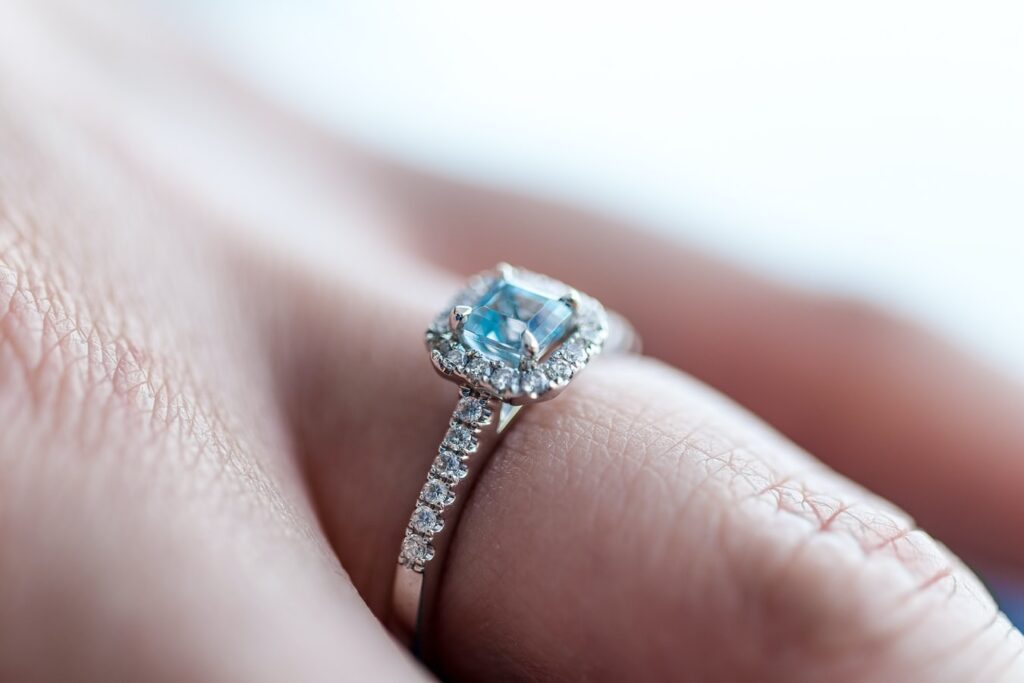
Surprisingly, diamonds do come in a variety of colors. However, for most people, a diamond is a synonym for a colorless rock – and most of them are practically colorless. The color is best observed when looking at the jewel from the side – the presence of yellow or brown hints might vary from nonexistent to clearly noticeable. Completely colorless gems and rare to come across – and quite expensive. The wisest options for the average buyer are near colorless diamonds in which the yellow tint wouldn’t be noticeable even when paired with 18K white gold.
Clarity
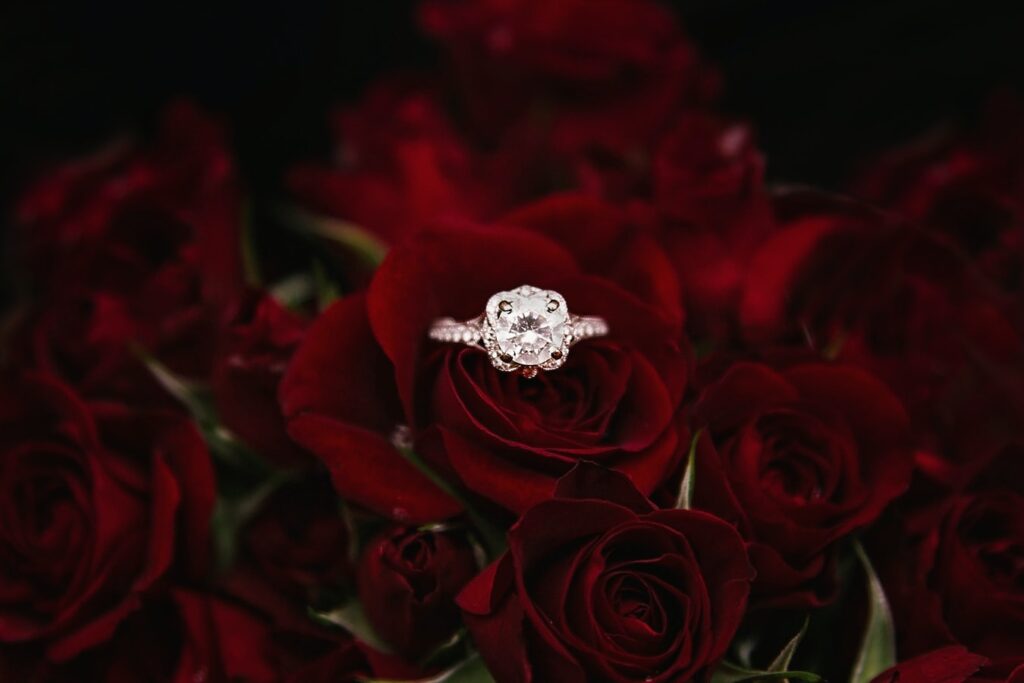
These gemstones are created in the depths of the Earth under extreme pressure, so they can come with impurities – birthmarks of sorts. When found inside the stone, internally, they are called inclusions, and when found on the gem’s surface – blemishes. Hence, the clarity of the jewel is measured by how many of these impurities are present, and whether they are visible under 10x magnification and/or to the naked eye. The internally flawless rocks are exceptionally rare, so most diamonds used in fine jewelry are imperfect due to their flaws.
Cut
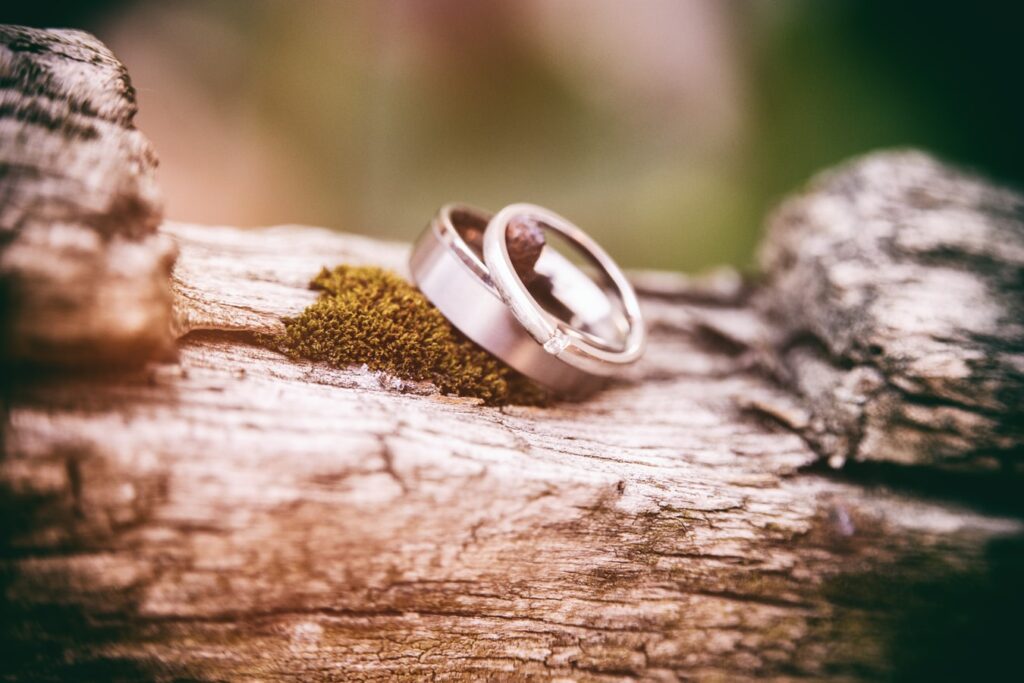
Contrary to popular belief, the cut of the ring is actually the C you should pay most attention to. It refers to the many facets, the symmetry, ratios, and overall reflective qualities of the gem. Namely, even a stunningly big rock with the wrong cut, won’t give out much sparkle. There are different cuts and shapes, and some can be very flattering by allowing the gem to show its full sparkling potential. Still, when talking about the depth of a particular cut – if the cut is too shallow or too deep, the light will break in the gem’s reflective surfaces in such ways that will not allow for it to sparkle. Even though a shallow cut could give the appearance of a greater carat weight since the diameter of the gem would be larger, the brilliance will be dulled because of the way the light is being refracted inside the stone. In a deeper cut, there won’t be much sparkle either and the diameter of the diamond will be much smaller, as a lot of its weight would be distributed in the part that is somewhat hidden by the setting.
Cut is not to be confused with shape, although these terms are used interchangeably. The cut itself is how the facets are arranged and can be a brilliant cut or step cut. Brilliant cuts have 57 or 58 facets and show more fire and sparkle (they come as round, pear, cushion, princess, radiant, oval, trillion and heart shape – or ‘cut’), while the step cut, which features parallel facets, is commonly used to better display the gem and its purity – emerald, baguette, carre and asscher cut. All of this can be a bit confusing, but here is an example: an emerald cut diamond won’t sparkle as much as a radiant cut, but both can come in a rectangular shape.
Carat weight
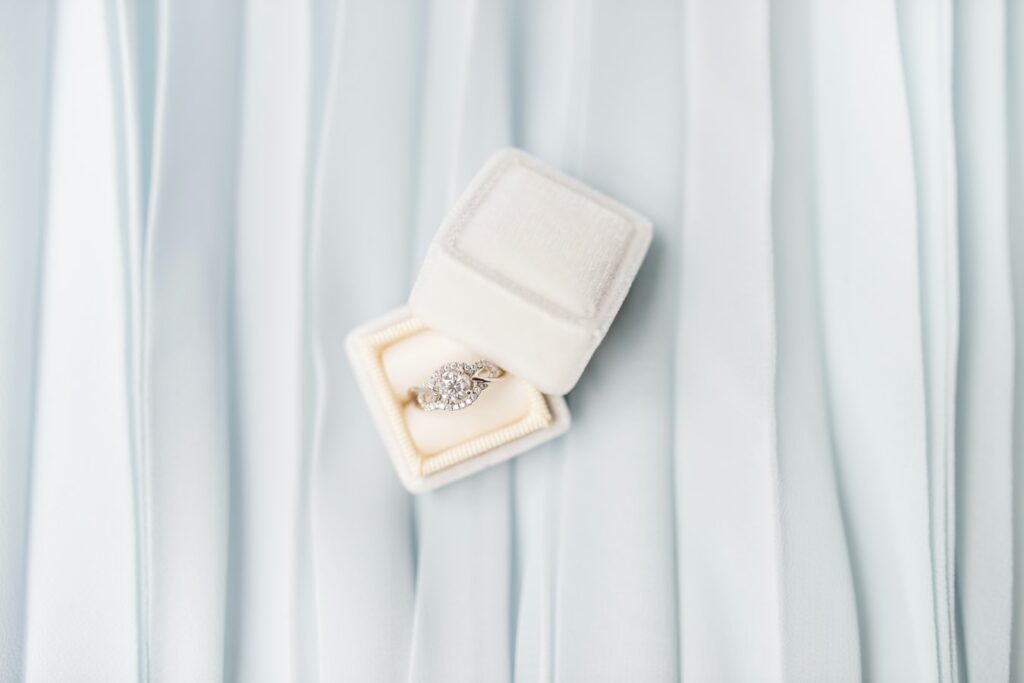
For the majority of people, the fourth C is the most important factor. However, we would like to clarify a few things:
- Carat is not the size expressed in millimeters, but rather the weight of the gem, and 1 carat represents 200 milligrams (0.2 g). Each carat is further divided into 100 so called ‘points’. The carat weight is only one of the determinants of the value of the diamond as the other C’s also impact its price. As these rocks are expensive, even the second decimal is important – the additional weight means an increase in value. Usually, the bigger the stone, the bigger the value.
- Nevertheless, there might be some price differences between two diamonds of the same carat weight as the other C’s also matter and might drive that price up or down. For example, even if a diamond weights 2 carats, but is quite yellowish and shows visible inclusions, it’s probably not even worth buying it. The price range of a carat can vary from somewhat over $1,000 to more than $16,500, even $25,000. The wisest step is to aim for some middle range, where the yellow is not noticeable, the inclusions can’t be detected with the naked eye, but the cut will be perfect and your general budget (and preferences) will further dictate the carat weight.
- A round diamond that weighs 1 carat, would probably be about 6.5 mm in diameter. Of course, this depends on the cut and the shape of the gem, as well as its ratios. The round brilliant cut is the most popular one because it provides the best sparkle without having to sacrifice carat weight.
- We recommend getting a diamond that is slightly less than a whole carat. For example, a 0.9 carat diamond will visually appear as 1 carat, but the price will be much lower, and a 2.9 carat will look like a 3 carat – without having to pay for such. Most people wouldn’t be able to tell the difference, and you would save some money.
- Going to a dependable jeweler will mean that you will get guidance while choosing your ring and that way you will get value-for-money. As it is a considerable investment, go to people who know fine jewelry and care for their clients.
Setting
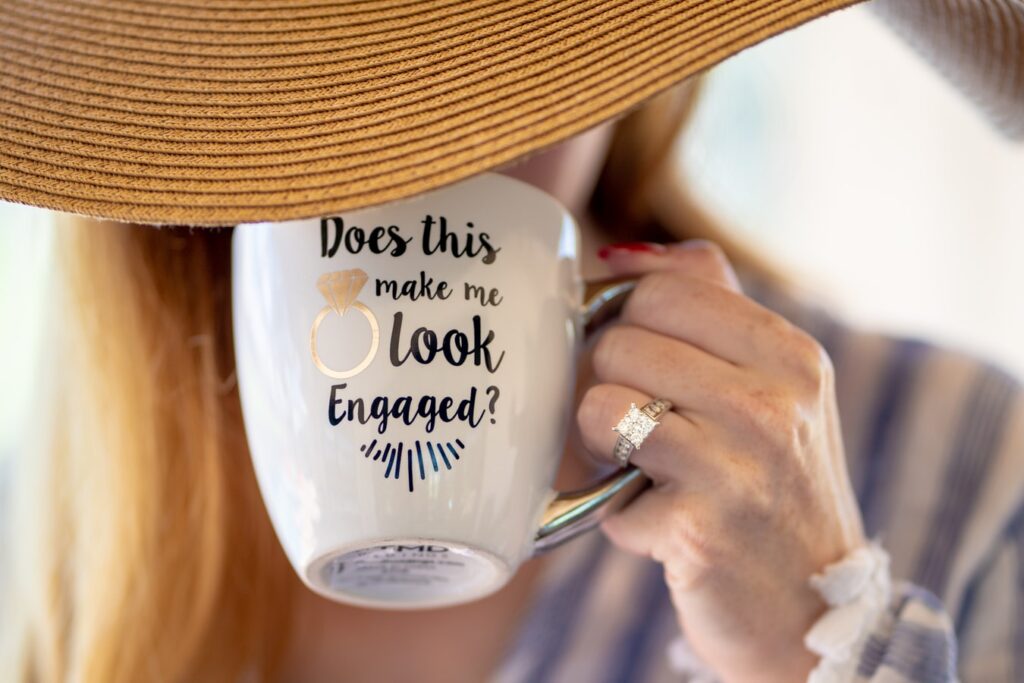
Finally, the setting in which your diamond will lay and the precious metal it is made of will drastically impact the whole appearance of the ring. A well-chosen setting can make the diamond appear larger than it actually is, more prominent, and it will allow it to show more brilliance, while the wrong one might diminish the sparkle and give a wrong impression of the size. You need to optimally display the diamond so pairing it with the right setting is key. The cut and the shape of the jewel, as well as the preferred style of the ring will give you the options in terms of setting, but if there are prongs, make sure that they are well-crafted and have them regularly checked so that they will hold your sparkler for a lifetime.
